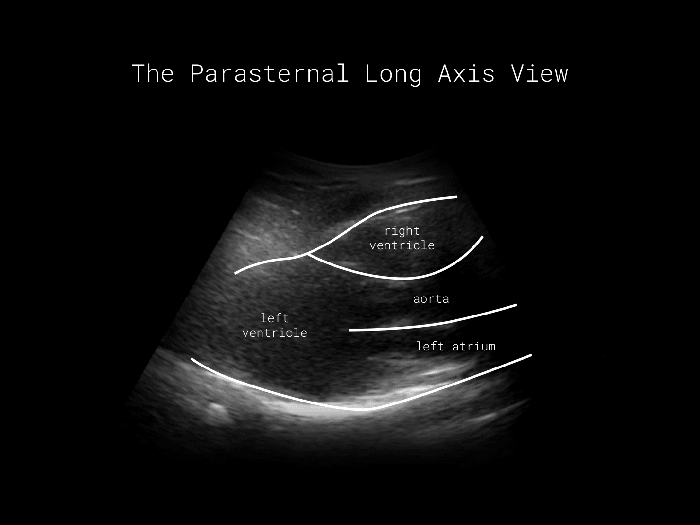Experiences with the normally hidden aspects of our body can feel peeled out of a thriller film. We may find ourselves in a small, white room with a stranger examining us with a cold instrument. We don’t know whether we’ll be okay. Images are flashed on screen for a few seconds, a diagnosis made, a fate delivered. A sense of disconnect. This is a script for a experiencing a sonogram.
Taken out of this medical context, the sonogram can become a tool for portraiture. Nevertheless, entertainment, or “keepsake” ultrasounds have historically been discouraged by the FDA, particularly for creating images of fetuses:
use of ultrasound solely for non-medical purposes such as obtaining fetal ‘keepsake’ videos has been discouraged
In some states, sonograms for entertainment are even illegal (though not the state in which this project is being created).
However, there is value in re-encountering the heart outside of a medical context. Contact with hidden parts the body can become, as opposed to an experience of fear, can be one of joyful exploration. We can observe our hearts moving with rhythm and purpose; a thing of beauty. Conversely, we can appreciate the weird (and meaty) movement that is (nearly) always there with us. A collection of hearts help us explore diversity in this motion. This project asks: what similarities and differences in the motion of the heart can be seen between people via sonogram?
The Machine
I am reaching out to my familiars, taking their portraits casually in a private space. I chose to capture the parasternal long axis view of the heart-one Hearts will be annotated with structure labels in motion.that is easily accessible and produces a semi-legible cross section:
Hearts will be annotated with structure labels in motion. These are the structures visible in the parasternal long axis view with the sonogram device available:

As an ensemble, this is what multiple hearts captured with the sonogram look like:
Some inspiration
It looks like Memo Atken is getting into medical imaging with these MRI videos ostensibly processed with some kind of machine learning: